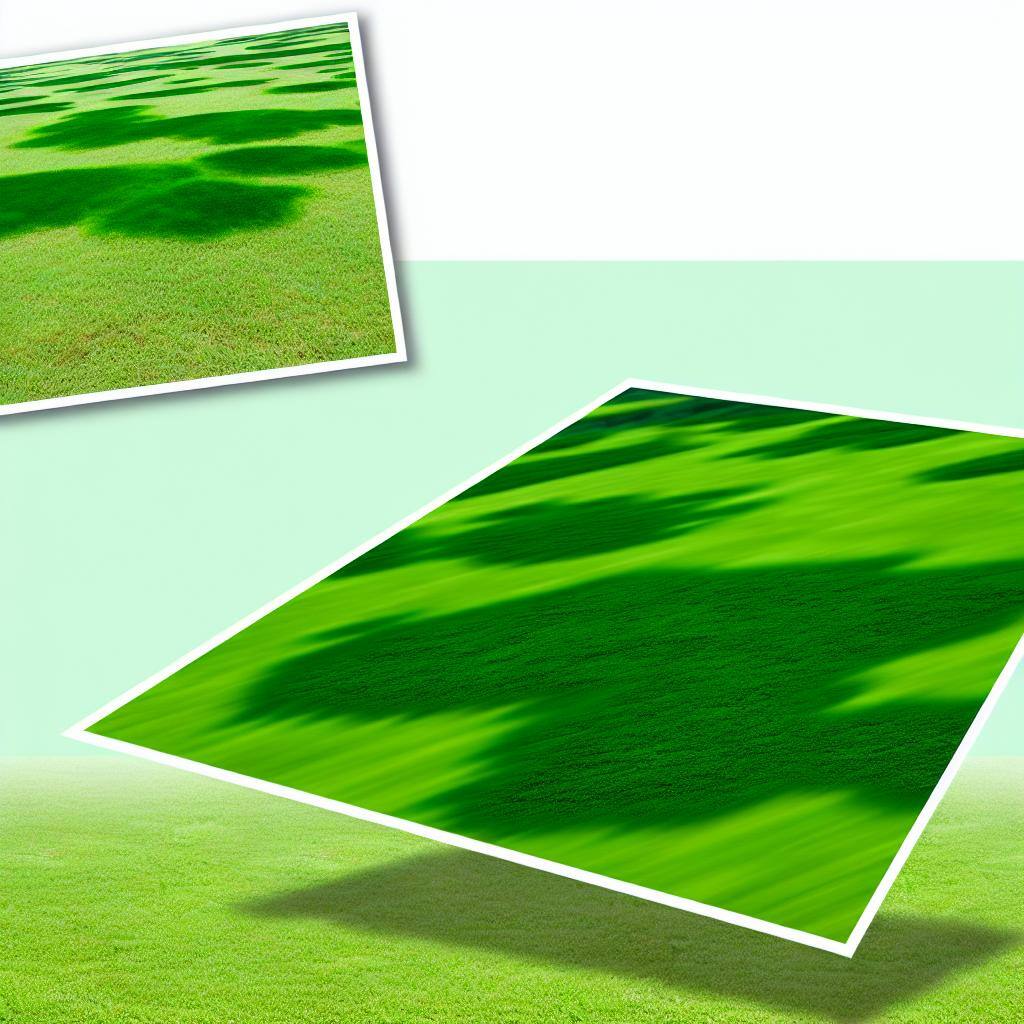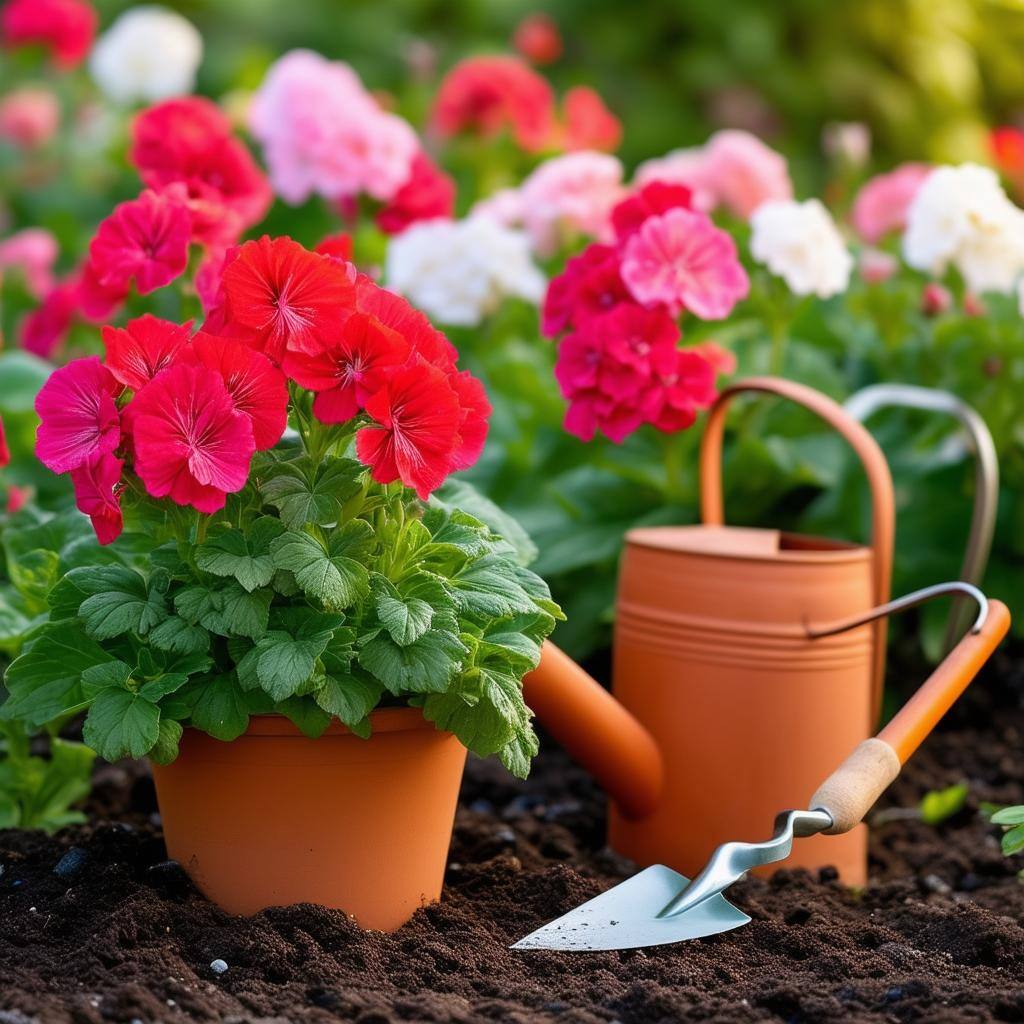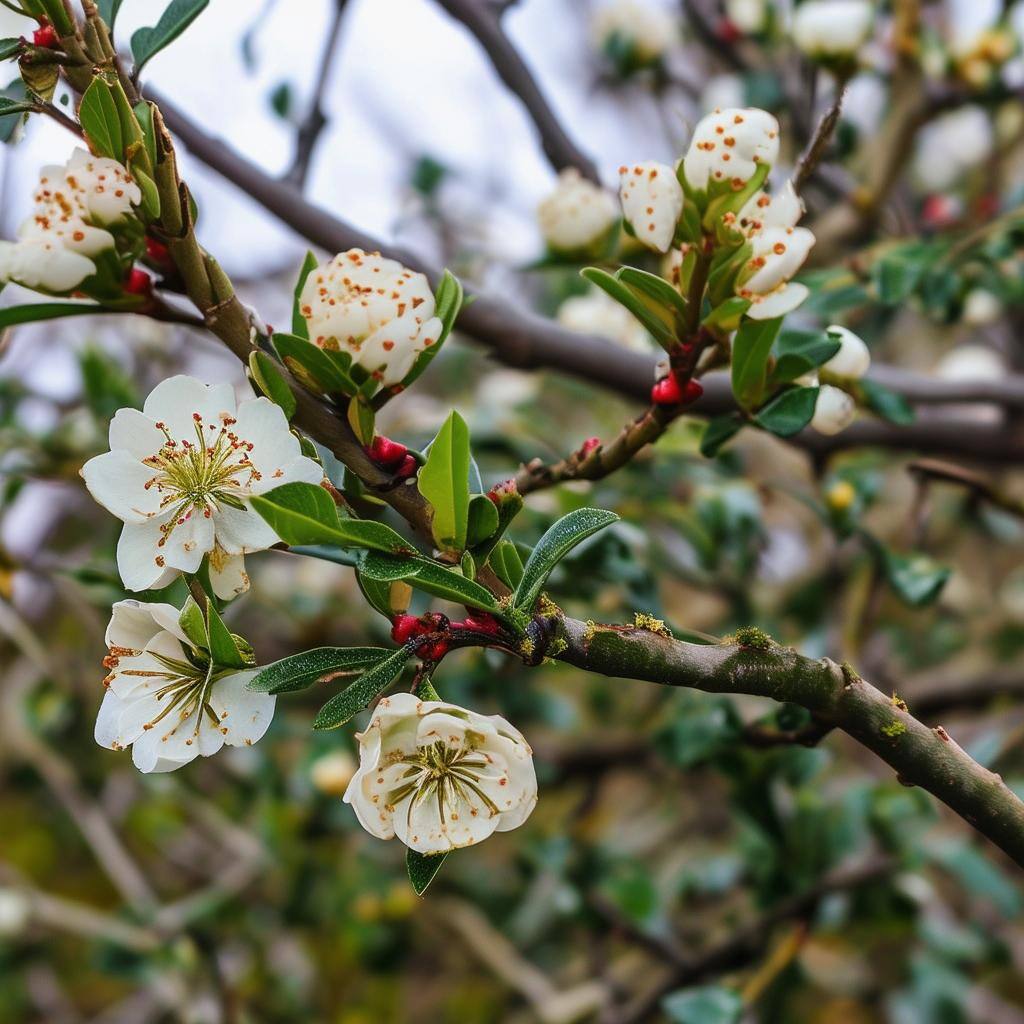
Discover effective strategies to reclaim your lush, green lawn from the clutches of moss.
Understanding Moss: What Causes It to Grow in Lawns?
Moss thrives in lawns for various reasons, often tied to the conditions of the environment. Poor drainage, low soil fertility, excessive shade, compacted soil, and high acidity are common culprits that promote moss growth over grass. Understanding the specific factors contributing to moss proliferation in your lawn is critical to effectively addressing the issue and creating an environment where grass can flourish instead.
By identifying and rectifying the underlying problems, such as improving soil quality, enhancing drainage, and managing shade, homeowners can create less hospitable conditions for moss. Regular maintenance, including aeration and proper fertilization, also plays a crucial role in preventing moss from taking over.
The Best Tools and Products for Moss Removal
When it comes to removing moss from your lawn, various tools and products can make the process more efficient. Lawn scarifiers or dethatchers are effective at physically removing moss and thatch from the soil surface. Additionally, moss-killing products containing ferrous sulfate or potassium soap can be applied to kill moss before raking it out. It's important to choose products suitable for your lawn type and to follow the manufacturer's instructions for application and safety.
After treating the lawn with moss-killing products, using a sturdy rake or scarifier to remove the dead moss is essential. Consider investing in quality tools with ergonomic designs to make the process less labor-intensive and more effective.
Step-by-Step Guide to Removing Moss from Your Lawn
Removing moss from your lawn involves a series of steps that should be carried out methodically. Start by applying a moss killer treatment to the affected area, and allow the recommended time for the product to take effect. Once the moss has turned brown and died, use a scarifier or rake to remove the moss debris from the lawn. This process may need to be repeated for heavily infested areas.
After clearing the moss, it's important to aerate the soil to improve drainage and air flow to the grass roots. Follow this with overseeding to encourage new grass growth, and apply a suitable fertilizer to provide the necessary nutrients. Finally, water the lawn regularly to establish the new grass and discourage moss from returning.
Preventive Measures to Keep Moss at Bay
Prevention is key to ensuring that moss does not become a recurring problem in your lawn. Regular lawn maintenance practices such as aeration, proper mowing, and balanced fertilization contribute to a healthy lawn that resists moss invasion. Additionally, addressing issues such as poor drainage, excessive shade, and soil compaction can prevent the conditions moss needs to grow.
Encourage strong grass growth by overseeding sparse areas and choosing grass varieties that are well-suited to your local climate and yard conditions. By maintaining a dense and vigorous lawn, you create an environment where moss is less likely to thrive.
Natural Alternatives for Moss Control
For those seeking eco-friendly options, there are several natural alternatives for controlling moss. One approach is to use a solution of dish soap and water, which, when sprayed on moss, causes it to dry out and die. Another option is to increase the lawn's pH by applying garden lime, which discourages moss growth that prefers acidic conditions.
Creating a balanced ecosystem in your garden by encouraging biodiversity can also help keep moss in check. Beneficial organisms and insects contribute to the overall health of your lawn and can naturally reduce the prevalence of moss. Regularly introducing organic matter into the soil can improve its structure and fertility, promoting robust grass growth over moss.



